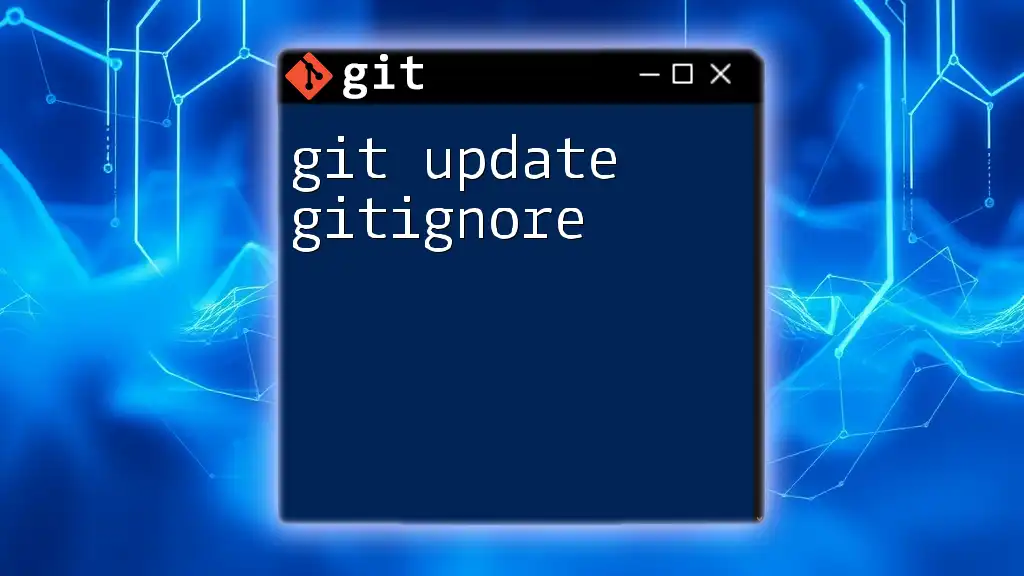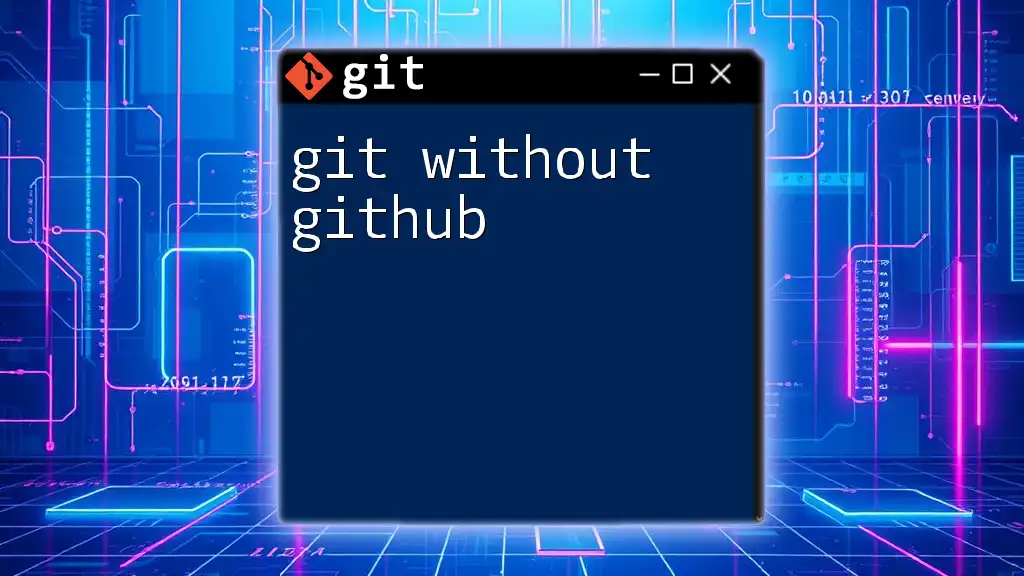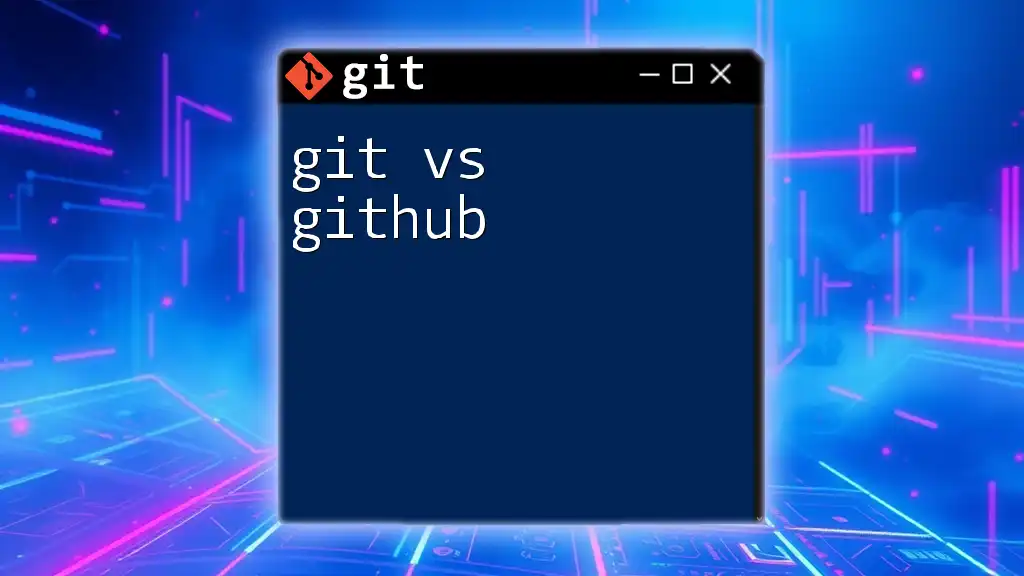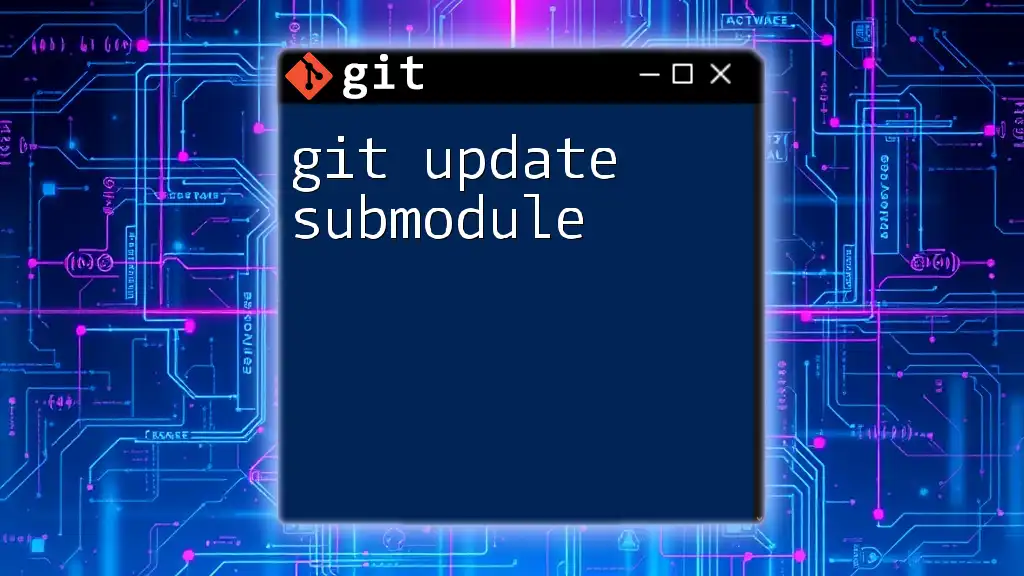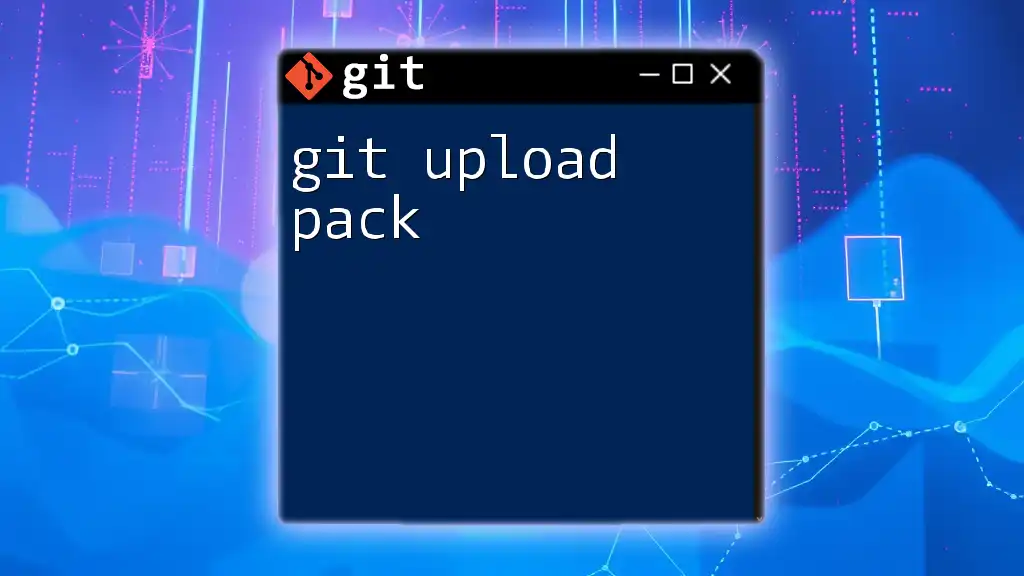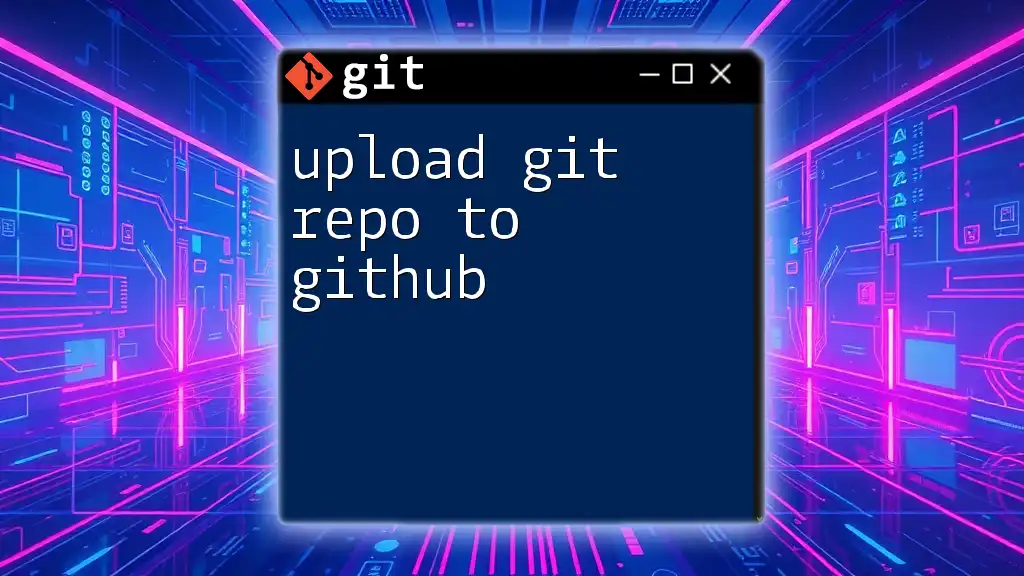To upload your local repository to GitHub, use the following git commands to stage your changes, commit them, and push them to your remote repository.
git add . && git commit -m "Your commit message" && git push origin main
Understanding the Basics of Git and GitHub
What is Git?
Git is a powerful version control system designed to handle everything from small to very large projects with speed and efficiency. It allows multiple developers to work collaboratively on the same project, tracking changes and reverting to previous versions when necessary. Key features of Git include branching, merging, and a distributed architecture that enables offline work.
What is GitHub?
GitHub is a cloud-based platform that uses Git for version control and is widely recognized as one of the largest repositories of open-source code. It acts as a central place where developers can store and collaborate on their projects. While Git manages the version control, GitHub offers additional features like issue tracking, project management tools, and social networking functionalities that help developers work together efficiently. Understanding the distinction between Git and GitHub is crucial; while Git is the tool for version control, GitHub is the platform that hosts repositories.

Setting Up Your Environment
Installing Git
To begin using Git, you need to install it on your system. Here’s how to install Git on various operating systems:
- Windows: Download the Git installer from [git-scm.com](https://git-scm.com/) and follow the installation instructions.
- macOS: You can install Git using Homebrew by running `brew install git` in the terminal.
- Linux: Use the package manager for your distribution. For Ubuntu, run:
sudo apt-get install git
Once Git is installed, verify it by checking the version:
git --version
Creating a GitHub Account
Creating a GitHub account is straightforward. Go to [GitHub.com](https://github.com/) and sign up for a free account. Make sure to set up a profile that reflects your skills and interests as this community-driven platform relies heavily on collaboration.
Configuring Git
After installing Git, you should configure it with your personal information. This configuration will be associated with your commits. Use the following commands to set your name and email:
git config --global user.name "Your Name"
git config --global user.email "youremail@example.com"
These details will appear in your commit history.
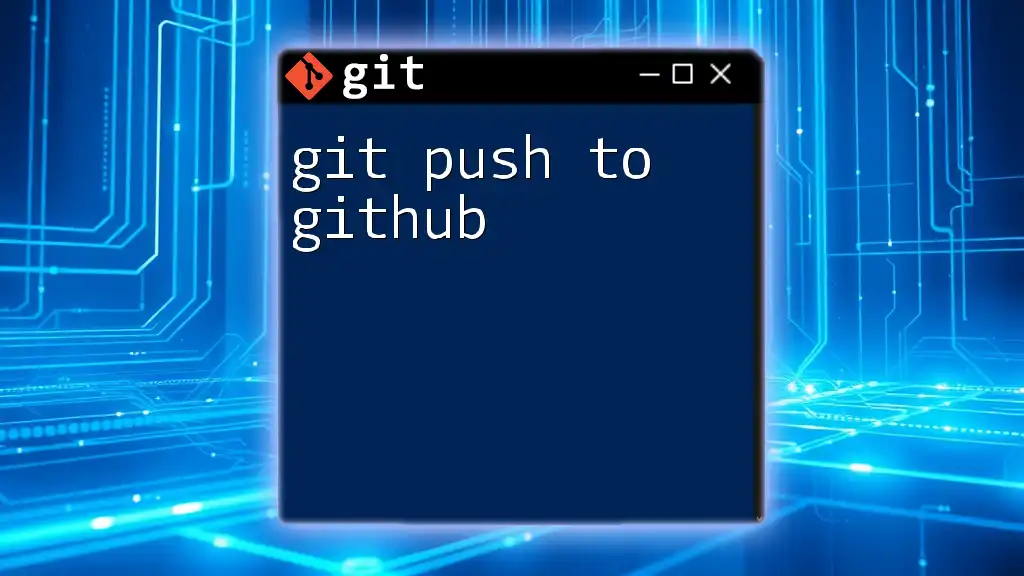
Initializing a Git Repository
Creating a New Repository
You can either create a new repository from scratch or clone an existing one. Here's how to create a new local repository.
First, create a directory for your project and initialize it:
mkdir my-repo
cd my-repo
git init
This command sets up a new Git repository, allowing you to start tracking changes in this directory.
Cloning an Existing Repository
If you want to work on an existing project, cloning is the way to go. You can create a local copy of a repository using:
git clone https://github.com/username/repo.git
This command copies all files from the repository, allowing you to make changes locally.

Making Changes in Your Repository
Creating Files and Making Changes
To upload your changes to GitHub, you need to create a file and edit it. For example, you can create a simple text file with the following command:
echo "Hello, World!" > hello.txt
This command initializes a new text file named `hello.txt` with a greeting.
Staging Changes
Before uploading changes to GitHub, you need to stage them. Staging means adding files to the staging area, indicating that you want to include those changes in your next commit. Use the command:
git add hello.txt
Staging files allows you to separate which changes you want to commit.
Committing Changes
Once you’ve staged your file, you need to commit the changes with a meaningful message describing what you did. This can be done using:
git commit -m "Add hello world file"
It’s essential to write clear and informative commit messages for easy tracking and collaboration.
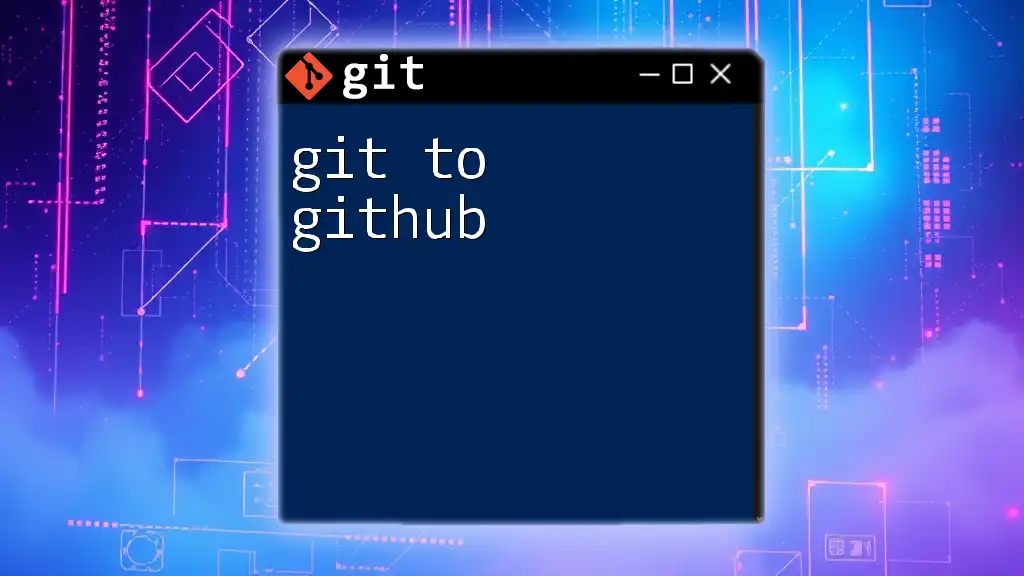
Pushing Changes to GitHub
Setting Up Remote Origins
Before you can upload your changes to GitHub, you need to set up a remote origin. This tells Git where your code will be pushed. To add a remote origin, use:
git remote add origin https://github.com/username/my-repo.git
This command establishes a connection between your local repository and the remote repository.
Pushing Your Changes
To upload your changes to GitHub, the `push` command is your friend. This command transfers your commits from the local repository to the remote repository:
git push origin main
In the command above, `origin` refers to the remote repository, and `main` is the branch you are pushing to. If you encounter errors during the push, such as authentication issues or permission errors, these can usually be resolved by verifying your access rights to the repository.
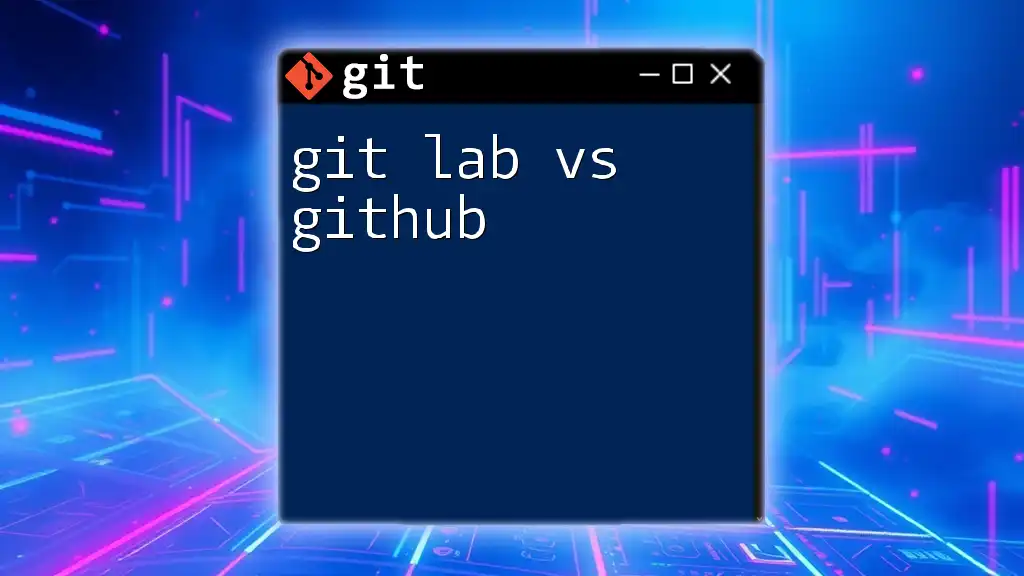
Pulling Changes from GitHub
Synchronizing Your Local Repository
To ensure that your local repository is up-to-date with the changes made by collaborators or by you on another system, you should "pull" the latest changes from GitHub:
git pull origin main
This command fetches any new changes and merges them into your local repository, maintaining an up-to-date project.
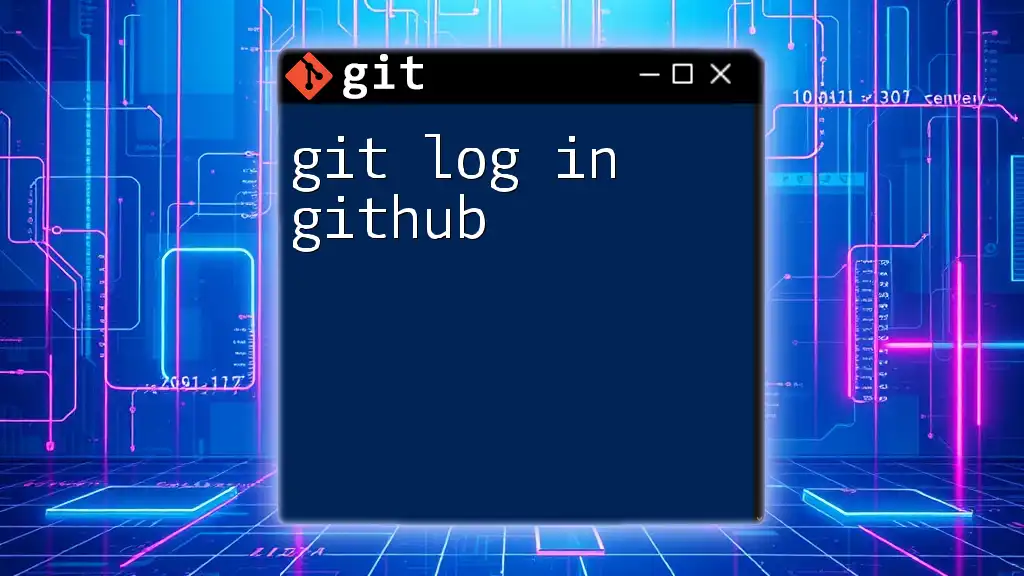
Collaborating with Others
Branching and Merging
When working with teams or on new features, branching allows you to diverge from the main line of development. To create a new branch, use:
git checkout -b new-feature
After making your changes, stage and commit those changes as described earlier. To merge this new feature back into the main branch, first switch back to the main branch:
git checkout main
Then merge your new feature with the following command:
git merge new-feature
This integration allows for iterative development without affecting the main project until ready.
Creating a Pull Request
After pushing your branch to GitHub, you can create a pull request (PR) to propose merging your changes into the main branch. The process typically involves navigating to the repository on GitHub, selecting your feature branch, and clicking the "New Pull Request" button. A PR allows other team members to review your changes before they are merged into the main codebase.
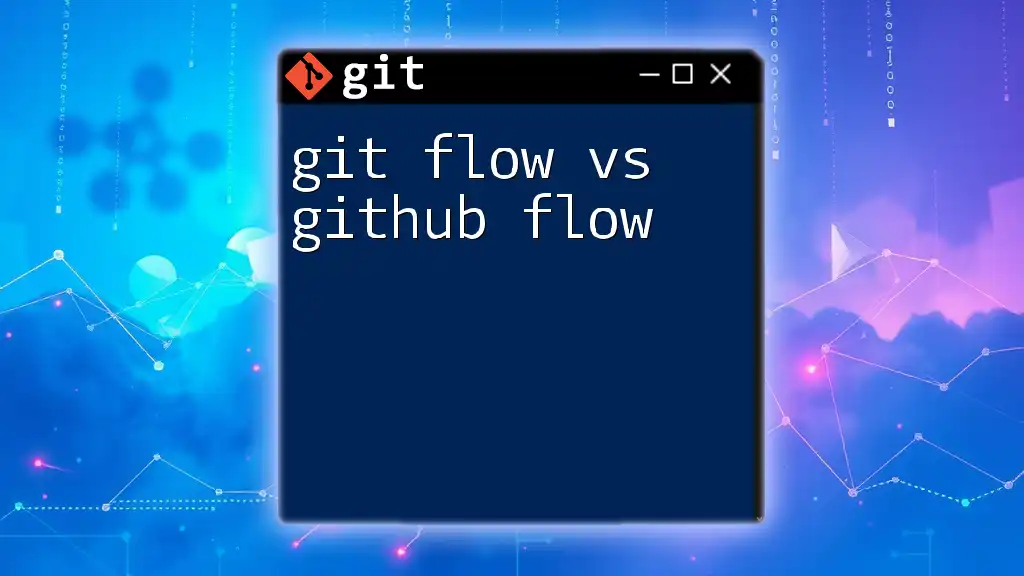
Best Practices for Using Git
Commit Message Guidelines
Clear and concise commit messages help convey the purpose of your changes. Good commit messages start with a short summary followed by more detail if necessary. For example:
Add user authentication
Added user login, registration, and password reset features.
Conversely, avoid vague messages like "fixed stuff" as they do not provide clarity.
Keeping Your Repository Clean
It’s vital to keep a tidy repository. Deleting outdated branches that are already merged helps maintain clarity. Regularly pulling from the main branch also ensures that your local copy is current, reducing conflicts during merges.
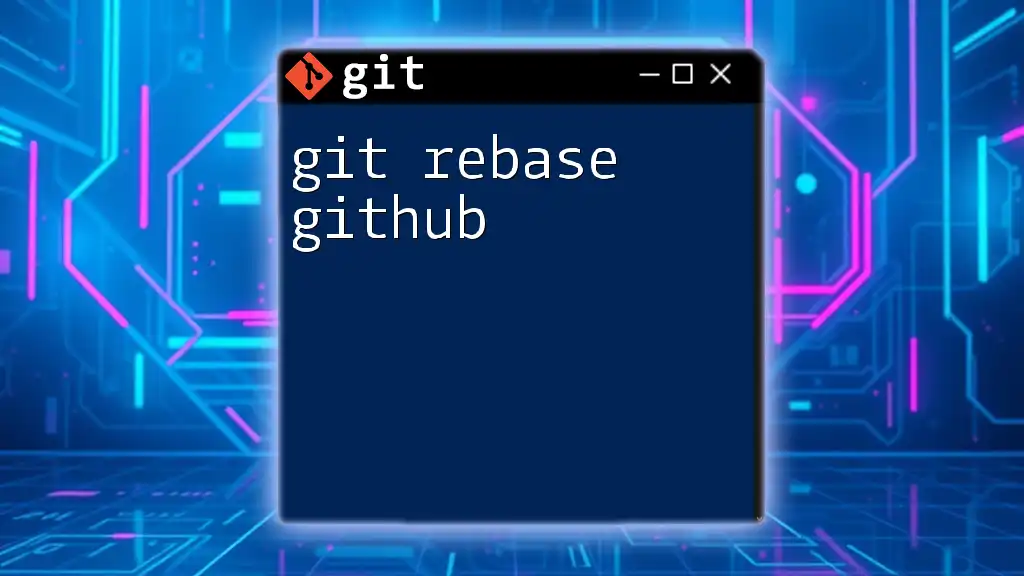
Troubleshooting Common Issues
Resolving Merge Conflicts
Merge conflicts happen when changes in different branches overlap. Resolving them requires you to manually edit the conflicting files. Git marks the areas needing resolution, allowing you to choose which changes to incorporate. After resolving conflicts, stage the changes and commit them.
Understanding Git Errors
When working with Git, you may encounter errors such as:
- Authentication failed: Check your GitHub credentials.
- Merge conflict: Resolve by editing the conflicting files.
- Detached HEAD: This happens if you checkout an earlier commit. Use `git checkout main` to return to your latest branch.

Conclusion
Mastering the process of git upload to GitHub is crucial for effective collaboration in development projects. By understanding Git and GitHub fundamentals, initializing repositories, staging and committing changes, and collaborating with others through branching and pull requests, you can streamline your workflow significantly. Regular practice will enhance your proficiency, making you a more effective developer. This guide serves as a foundation for mastering Git commands, leading to productive and successful collaborations.








